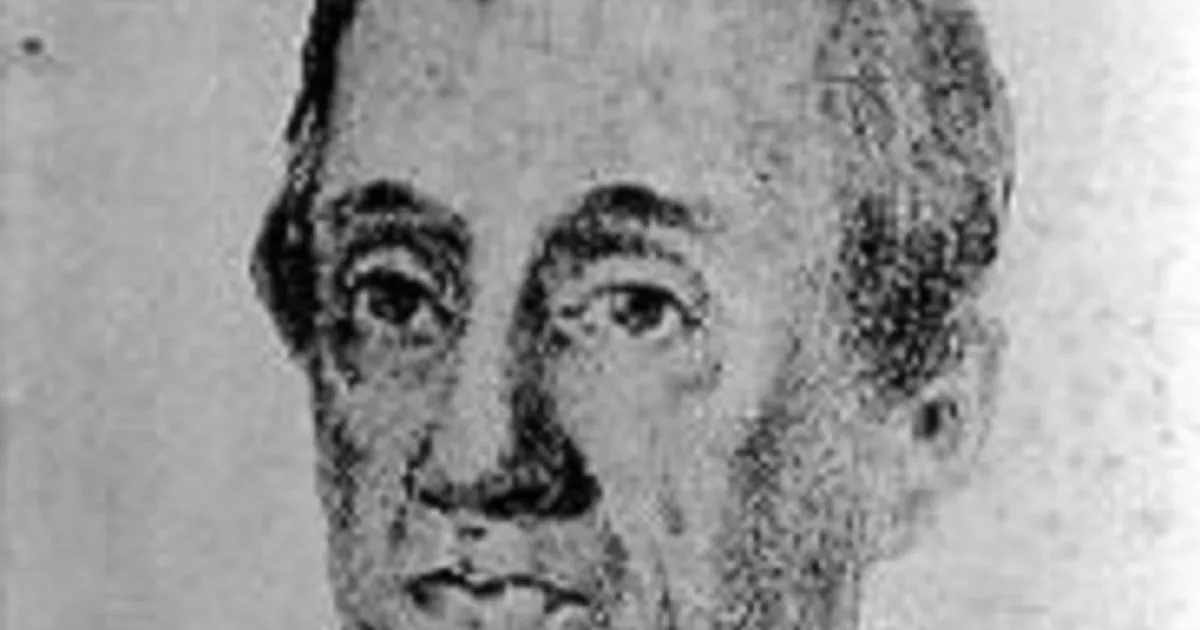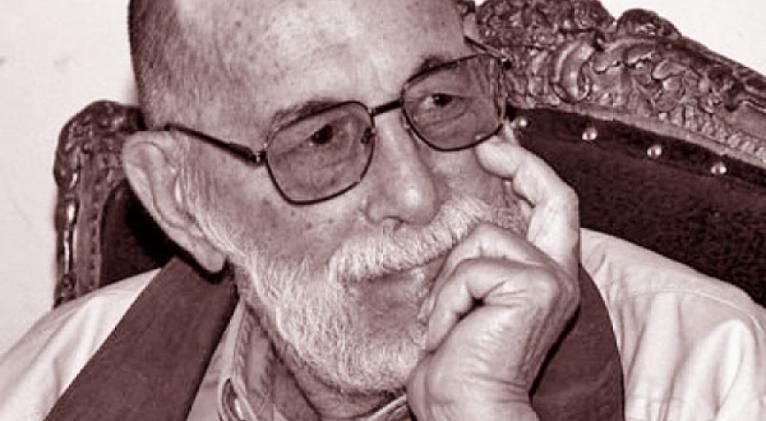Francisco Covarrubias and the Origins of Cuban Theater

On this day in 1850, Francisco Covarrubias passed away. He was the creator of Cuban vernacular theater and a pioneer of costumbrismo in Cuban literature. One of his most significant contributions was the introduction of peasant and Black characters into the theatrical landscape. However, his legacy extends far beyond this; it marked the birth of a distinctly Cuban theater that is reflective and expansive in nature, capable of introspection through rhetoric and irony. This new form of theater became a vital tool in affirming the emotional intelligence and cultural identity of the nation.
“As Cubans, we owe to Covarrubias the founding of a theater with purely national roots. He created the character of El Negrito, likely first performed in 1812—a Black figure portrayed by white actors for white audiences, speaking in Spanish or a parodied ‘bozal’ dialect, and naturally reflecting the perspective of the slaveholding culture,” writes critic Rine Leal in his Brief History of Cuban Theater. “He adapted characters from Spanish light theater—entremeses, sainetes, zarzuelas, and tonadillas—and replaced them with popular Cuban types: guajiros, monteros, cart drivers, and laborers, who embodied humor and streetwise irreverence in an effort to capture the wit and spirit of the Cuban people.”
The integration of various genres and the inclusion of music in Covarrubias’s productions opened new creative avenues that were pivotal in shaping a lyrical theater with deep Cuban roots. According to researcher Laura Mercedes Giraldez, Covarrubias nurtured the dramatic talents of his actors while also maintaining popular appeal. “The presence of music in his works played a fundamental role in the plot, always grounded in a national, Creole tone. This helped solidify his reputation as one of the founding figures of Cuban musical theater. It is said that the songs featured in the productions of the ‘Father of Cuban Theater’ became so popular that people across the island sang them in the streets and town squares.”
Recognized as one of the finest actors of his time, Covarrubias fused broad popular appeal with an unmistakable Creole flavor. The celebrated writer Alejo Carpentier recalled how the Havana-born comedian was instrumental in adapting and reshaping theatrical genres that were beginning to decline in Spain. In Music in Cuba, Carpentier notes: “Just as sainete and tonadilla were losing their vitality and cultural relevance, a new genre—teatro bufo cubano—emerged from their fusion and transformation.”
This development—subtle in concept but deeply rooted in its execution—found in Covarrubias a guiding force and foundational figure. Unfortunately, he died at the age of 75, accompanied by poverty and neglect, which are the unfortunate companions of many accomplished artists. However, time—often an unjust and forgetful judge—has restored Francisco Covarrubias to his rightful place as a cornerstone of Cuban cultural history.
Translated by Luis E. Amador Dominguez
Photo: Cubarte



